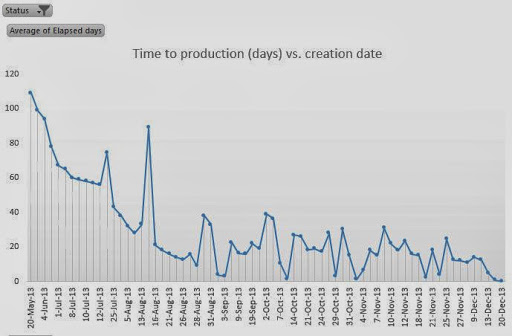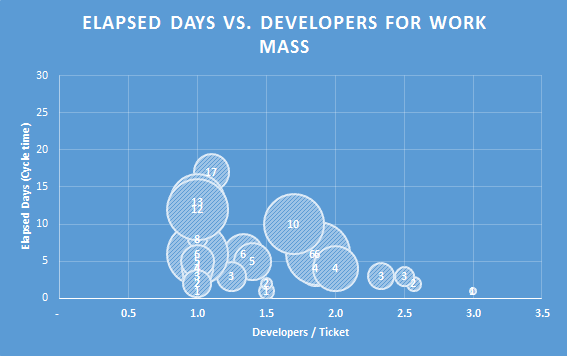With the advent of unprecedented data at enterprises (internal as well as external) & advances in machine learning, analytics is going through rapid evolution. The nature of questions we are answering using analytics, as far as the enterprise is concerned is changing. I describe the three stages of this evolution.
Analytics 1.0: What happened?
This was the era of descriptive analytics. Enterprises were sitting on vast amounts of data had no insight into it. This era of analytics helped create ways of describing and understanding this data.
Applying this to Sales (as a department), for the first time, sales leaders had a way of understanding the nature of business they had closed. They used this to make decisions about what kind of customers to target, or what price points to offer. This also allowed sales reps to manage their pipelines. From what I hear, this was the 1st use case of Salesforce.
This understanding led to Analytics 2.0, which was a desire to forecast the future.
Analytics 2.0: What will happen?
This is the era of forecasting based on analytics. Here, straight forward multi variate linear regression models were used to predict what the future would look like, based on past trends.
In Sales, this gave sales leaders & reps a view of where they would land by the end of the month or the end of the quarter. As a result, sales leaders can now influence sales activities while they still have time. Products like Insight Squared leveraged data that was collected, and unlocked it to provide this ability to forecast.
Once you can forecast the future, there is desire to control it and influence it, not just react to it. This is leading to what I believe will be the future of analytics in the next 5 years.
Analytics 3.0: What should I do?
This is the era of using data and machine learning to characterize a current event, such that it can be influenced favorably. At it’s core, it’s an analytics system that has precognition, and tells you what to do.
In Sales, this would be a system that tells you the likelihood of a lead converting into a deal, and the size of the deal. Further, it would tell each sales rep what kind of questions to ask, and develop a “talk track” that is specific to the nature of a lead at hand, such that the rep can continuously increase the likelihood of a close.
I believe we are just scratching the surface of stage 3. The applications of such analytics are far reaching, well outside marketing, or sales or recruiting or people growth.
Analytics 3.0 will address areas where human beings fail at a very fundamental level, intuition-based decision making in irregular environments.











